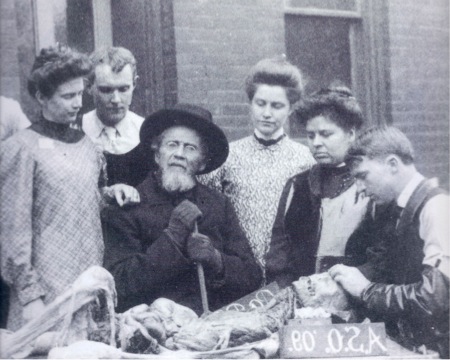
Andrew Taylor Still MD DO (1828-1917), was an American frontier doctor who became frustrated with the inadequacies of the medical practices of his time. In 1864 he watched helplessly as the finest doctors available were unable to save his three children who died during a meningitis epidemic. He then immersed himself in the study of the nature of health, illness and disease. His goal was to determine the causes of disease and develop definitive scientific methods to cure and especially prevent the ailments of his patients. A. T. Still dissected numerous cadavers and observed that wherever he saw diseased tissue or organs there was invariably evidence of abnormal blood or nerve supply, which seemed to be related to dysfunction or alteration of structure. He developed ways to normalize the structure of his patients and they got better. Through his in depth studies of anatomy, physiology, physics, biology and chemistry he came to a realization that he announced in 1874. “Like a burst of sunshine the whole truth (of osteopathy ) dawned on my mind, that I was gradually approaching a science by study, research, and observation that would be a great benefit to the world.” In Still’s view, it was the job of the physician to correct structural disturbances so the body could function normally.
He applied this theory, that the best way to fight disease was by naturally stimulating the body’s immune system. Dr. Still found that when he was able to restore the musculoskeletal system to normal motion, the imbalances resolved and health was restored. Dr. Still broke from conventional medicine when he decried the widespread practice of purging, leeching and using poisonous medications such as mercury and arsenic. For his efforts he was ostracized from the medical profession. Undeterred Dr. Still spent years developing a healing science that could restore normal function and freedom of tissues and circulation through a practitioner’s sensitive manual diagnosis and manipulation of tissues and fluid.
In 1892 he founded the first school of Osteopathy in Kirksville, Missouri. The first graduating class of twenty-two students included five women who, as Still said, were ” better suited to the practice of medicine” than men.
Today there are 26 colleges of osteopathic medicine in the U.S. and over 70,000 practicing D.O.’s. Unfortunately, only less than 10% practice traditional Applied Osteopathy, the rest practice more like M.D.’s in all the other medical specialties.
